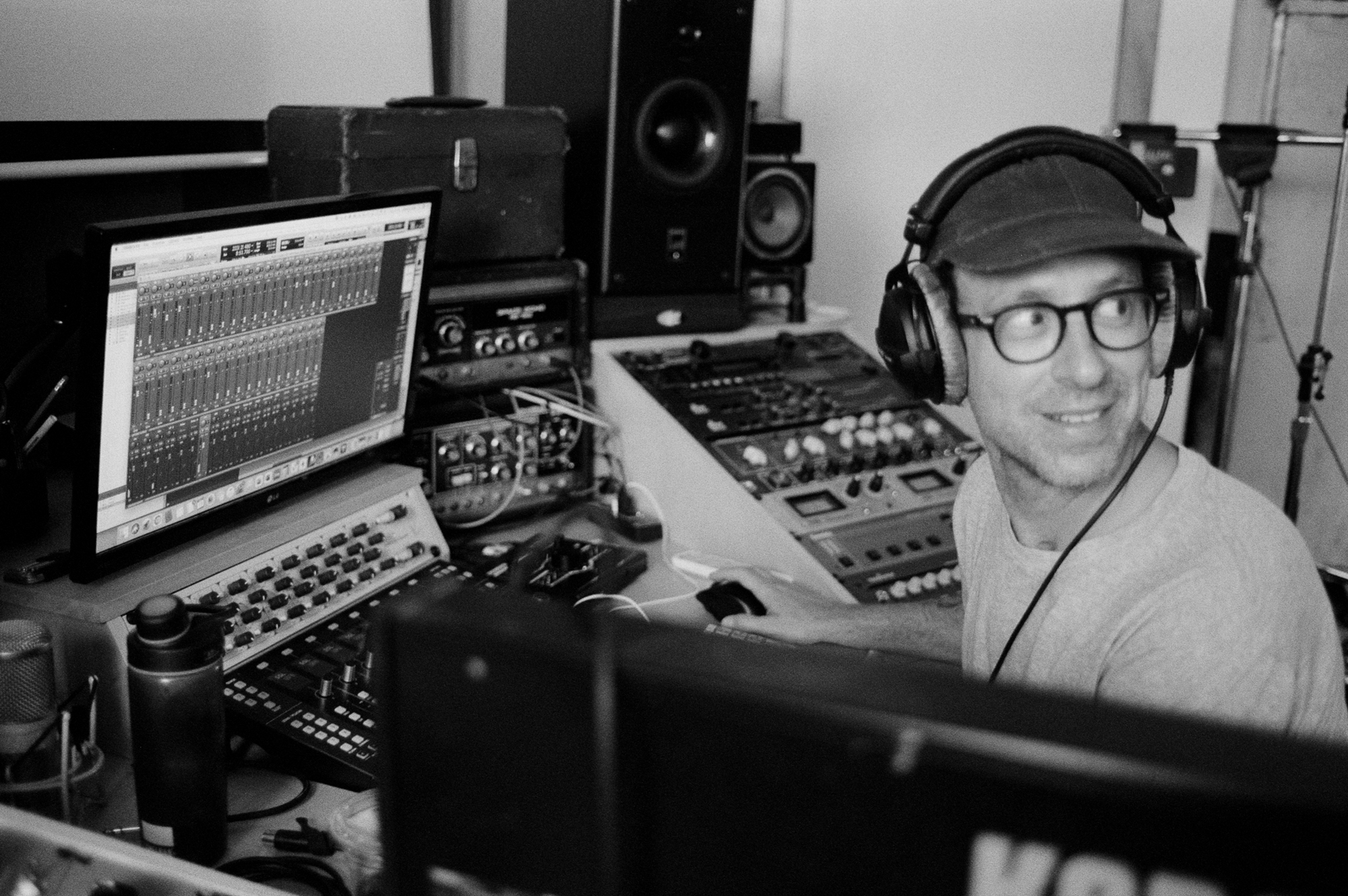
There are few things that skateboarding in its entirety can agree on. Helmet = woke? Frog graphics good? Jenkem sucks? Want to know one unarguable thing? Toy Machine’s Welcome to Hell is one of the most important skate videos ever.
I could write praise about the all-star team and gritty American-dystopia sentiments all day, but we know these things already.
Instead, I’m here to talk about music, more specifically what the video would look like if you removed Black Sabbath, Pink Floyd, and the rest of the soundtrack and replaced it with a purposefully crafted ambient jazz soundtrack.
That’s exactly what Canadian multi-instrumentalist Joseph Shabason did. His re-score “Welcome to Hell” is unlike anything I’ve experienced, one that made me reconsider the importance of skate video soundtracks and opened my eyes to a new genre of music that I’d typically shrug off.
Check out our interview, listen along, and before you freak out and go whisper sweet nothings to your Ozzy Osbourne shrine, I urge you to be open-minded you stubborn fucks.

What originally got you into music, and was it skateboarding?
Skateboarding took what I was exposed to musically and expanded it exponentially. I watched a lot of 411s, and there was hip-hop, rap, punk, emo and classic rock. I was really into their willingness to do softer stuff, like when they used Promise Ring tracks or tracks by Mineral. That was cool to me as a kid, to go from like a Pharcyde track to a Promise Ring track. It was fucked but cool.
You don’t necessarily associate classical jazz with badass, “cool guy” music. Was there ever a time where balancing your interest in jazz music and skateboarding felt challenging?
For a long time, I loved studying jazz and the saxophone but I didn’t know how I fit into that world. I worked hard at it but when I went home most of what I was listening to was more in the realm of indie rock. It felt pretty out of sorts, like this thing that I was devoting so much time to had no real application in my life.
I went through a real existential crisis at a certain point because I spent so much time learning the fucking thing, yet I didn’t see what my future was gonna look like. At one point I stopped playing the saxophone altogether. I think the big thing that changed my perspective was when I started playing with the band Destroyer. That was the first time I saw that saxophone could exist in a musical realm that I actually liked. A realm outside of going off to do my job and play some weird ass jobbing gig for a wedding or cocktail function.
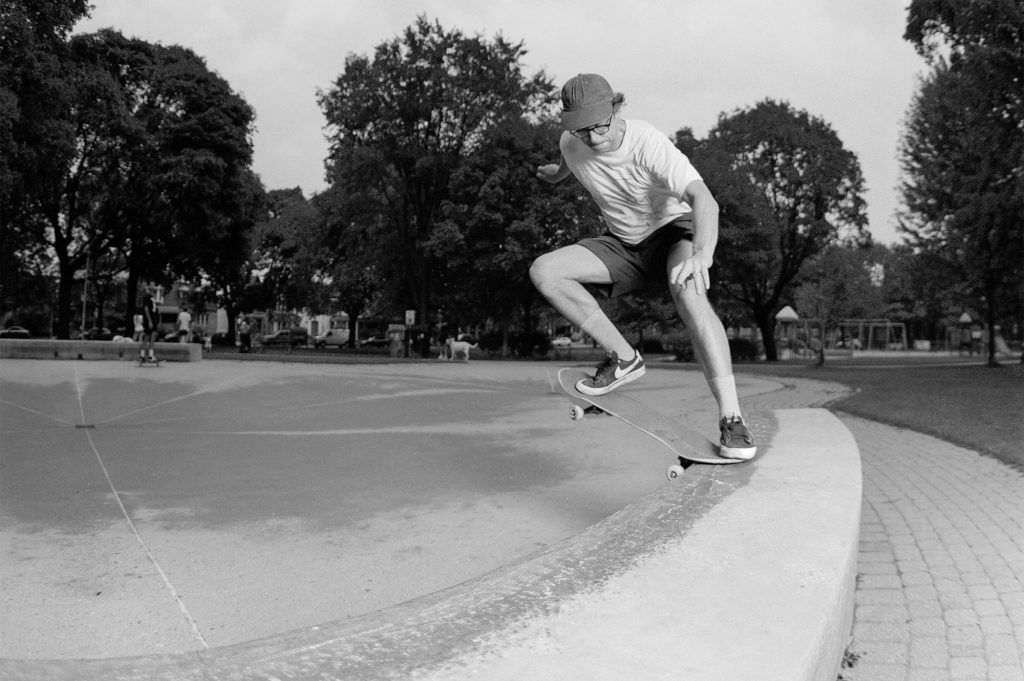
What was your reaction to getting the nod from Ed Templeton to re-score the video and collaborate with him?
Dude, it felt crazy. Toy Machine and Ed Templeton, in my mind, are sort of locked in this childhood place of being the coolest version of skateboarding with the coolest graphics, coolest ads and gnarliest videos. I’ve been following his career since I was a kid so when he was down I was genuinely excited, like little kid excited.
How did you pull the re-score off, like did Ed send you the raw skate clips?
No, it was so low-tech. I downloaded the video off YouTube because there are no high-quality versions that exist. I muted all the music and wrote new music. But the thing about muting the video is it mutes the skateboard sounds too, and you can’t have a skateboard video without skateboard sounds.
So how did you get the skate sounds back?
I hired my friends to sound design every skateboard noise.
Shut the fuck up. No, you did not.
If you go online and watch it, every single noise you hear is not the OG noise because those multi-tracks don’t exist. They’re all sound-designed by hand. Each push, grind, snap. All of it.
Where were these sounds coming from? Are they pulling directly from skateboarding recordings or using instruments to recreate them?
The guys I hired to do it are the guys I skate with, Drew Thomas and Quinn Hoodless. What they did was they downloaded this big skateboarding sample pack, which was for sure people skating, and they took this sample pack and they fucked with it. They used different reverbs, pitch-shifted it for different tricks, and they stretched pieces out. From that base sample pack, they fucked with it enough that it sounded real.
“They’re all sound-designed by hand. Each push, grind, snap. All of it.”
It’s cool that you had skateboarders do it because I think about these videos where you can tell that the pop or whatever noise you hear is not what is happening.
They had concrete pushing sounds versus asphalt pushing sounds. They had smooth cement pushing sounds. All unique from one another. They would use different reverbs for all of the footage that’s inside of skate parks. They would use this sort of like bigger room reverb. They fucking did it up.
How was it watching the video in silence for the first time?
It was so jarring, but it was cool because it showed me how much music played a role in the way that video felt. That then sort of fed into my idea of like, okay, if I write a new score for this, it’s either going to work or it’s going to suck because music is so important to this video.
It was so weird to see, especially Jamie Thomas’ part, which was so aggressive and singular. With nothing there, it felt so empty. You have to choose your music and the tempos very deliberately. Otherwise, it is going to fall flat.
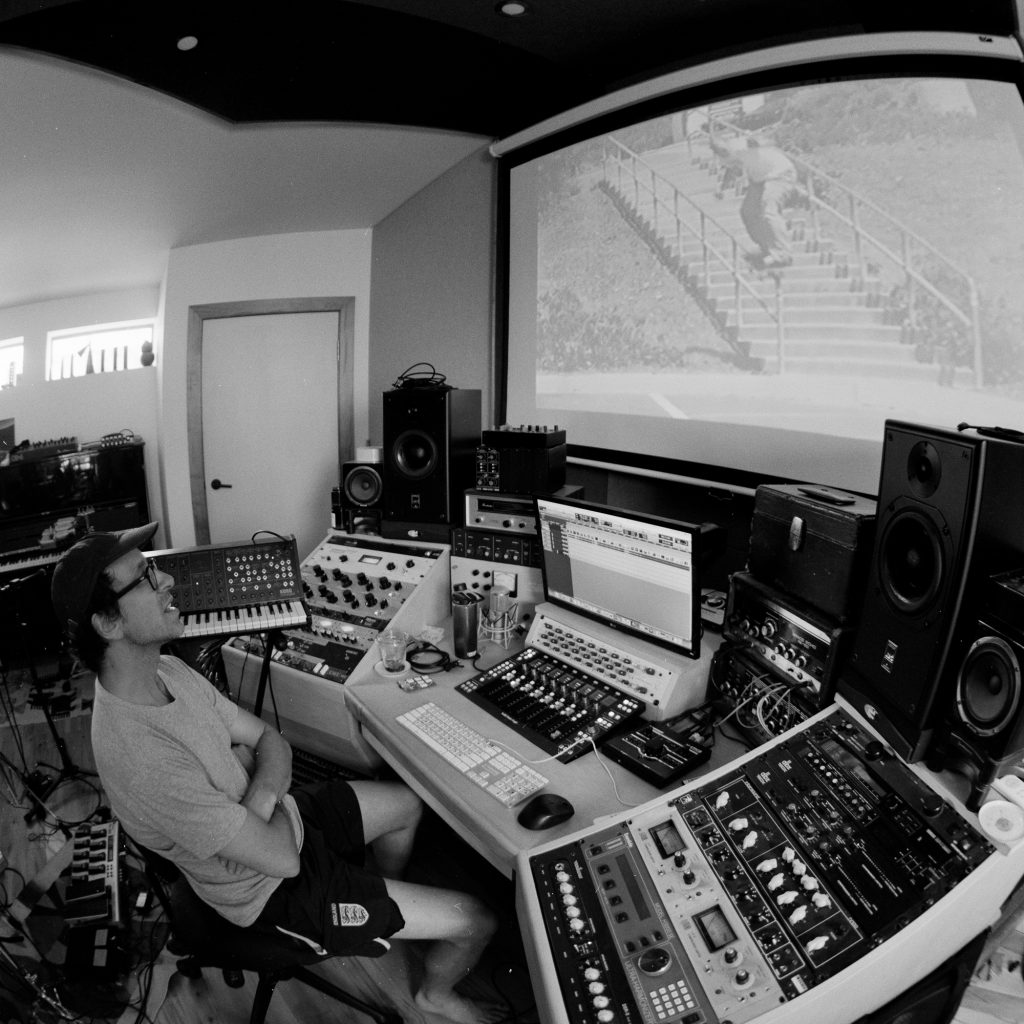
Whose part was the most challenging to figure out?
I think the most challenging was either Jamie Thomas or the Mike Maldonado intro part. The Ed part was tough too. Those three parts felt like such important parts in the video. For the intro, it was one of those things where in the original, when the video starts, it’s that Lard track, and you have the dystopian American flag waving and people eating fast food. If you fuck up that intro people are just going to leave.
I wanted something weird and gnarly, something to hint at that fucked up American dystopia. It had to be different but still feel nasty and driving. I think that one was the toughest, but once the band started playing it and getting in the groove I was like yes, this is how it has to open.
Some of these recordings came from musicians live playing over the video while watching it for the first time. What did those sessions look like?
Most of the musicians that played on the record didn’t skateboard, so they were in disbelief watching those video parts. When I watch Welcome to Hell I’m like dude, 85% of these tricks wouldn’t make it into a video part these days. The tricks are basic, but they are big, and to someone who’s never seen skating before they are really exciting. Watching the musicians react to them in real time and make weird musical decisions based on what they were seeing visually was cool.
“Watching people who were never exposed to skateboarding as a kid, watching them stop playing and grab their balls, was fun to see.”
What was the wildest comment you heard from a musician about skateboarding after the fact?
It wasn’t necessarily a comment, but watching people who are all in their thirties and forties see that bail section for the first time was crazy. People were shook. Even I was shook. When I was younger I could watch that all day long. It was exciting, but when I see it now I’m like “This is fucking demented,” like Ed breaks his neck and bruises his ballsack. Watching people who were never exposed to that as a kid, watching them stop playing and grab their balls, was fun to see.
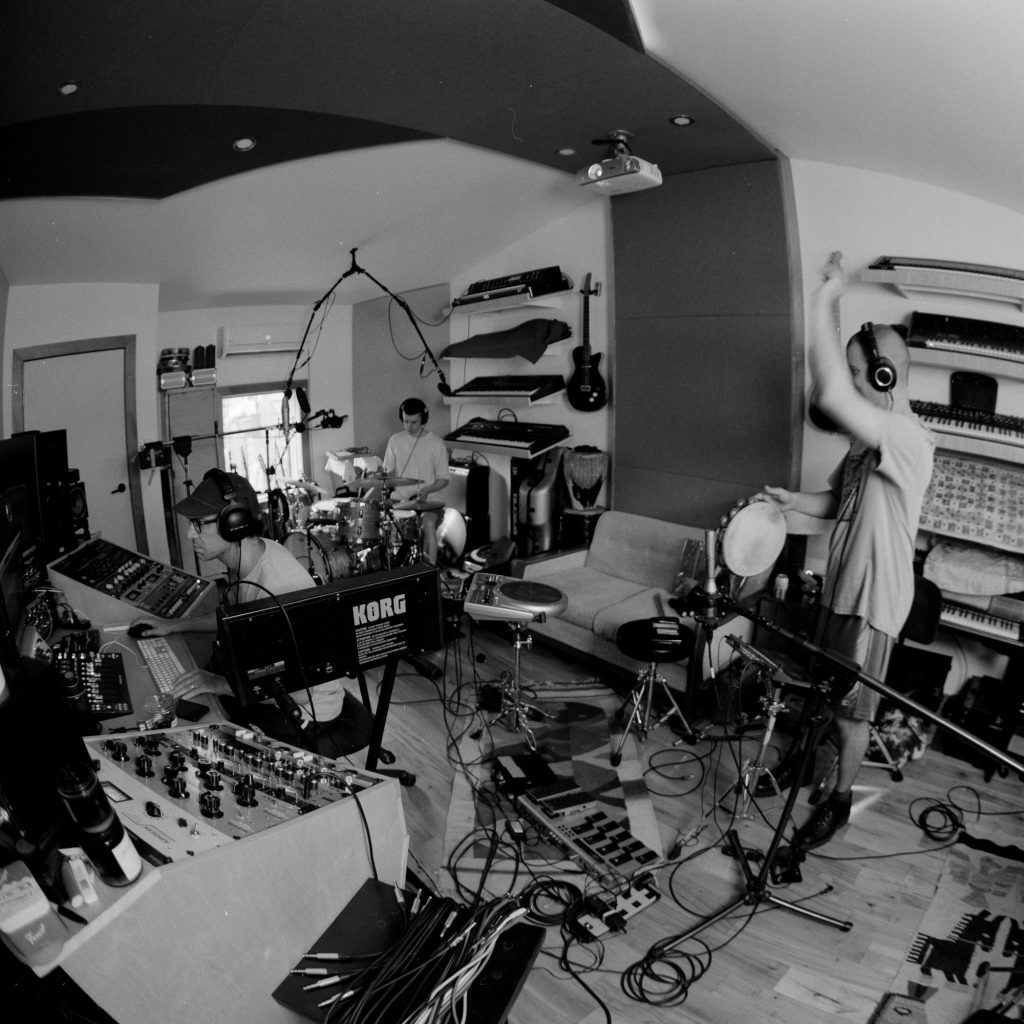
The bails section is one of the sweetest melodies of the entire score. What was the thought process behind that?
I think that was pretty basic in that I wanted to do something that was a counterpoint to what we were seeing visually versus fully playing into it, so I wanted that section to have the most peaceful, serene feel. I wanted it to feel completely opposite, but I also wanted something like a fly in the ointment, like something that feels random and weird. I went onto YouTube and there’s this thing like “30 Seconds of Skateboard Noises.” I recorded the YouTube video and put it through two tape delays, so it’s this weird, dubbed out skate sound that has this sort of ambient texture. I liked using skateboard noises as ambience in a song.
How would you score a slow-mo, weed-doused Supreme montage?
I think you go full abstract. You have the most ethereal, up-in-the-clouds, almost ambient sounds. What’s funny is part of what got me into this is that somebody sent me this clip from an Andrew Skateshop video where they use one of my most ambient tracks, and it was people ripping through Miami. I thought it was cool. The track is so spacious, there’s no beat, and it really worked. I think for a Supreme montage you do the same thing, just pure art.
I went to a couple of “noise” shows in college and it was the first time I listened to music where I felt someone was taking experimentation too far. Do you think musicians can push it too far to the point of their music going from experimental and cool to straight-up whack?
Yes, totally. I’ll hear free bands play, especially with saxophone players, and they’re just squealing and squawking and some drummers going crazy behind them, and for me, that’s a version of what you’re talking about. It’s impressive-ish, but at the end of the day it’s so far out and there’s nothing that draws me in.
With the music that I make, I want to give the listener enough substance. I like melodies and I like chord structures. I like weird sonic choices that you can focus on versus getting so experimental that you lose the majority of listeners. I’m still trying to engage with a broader audience.
“I’m hoping to find that people soften with age. As you get older you become less obsessed with defining yourself by a genre or style.”
Realistically, what percentage of people will stumble upon your re-score and leave it within the first five minutes?
I mean, fuck, I hope not a lot, but also probably a bunch, right? You’re going to get a lot of diehard Toy Machine fans who are like “Fuck this.”
If I’m being honest, what I’m hoping to find is that people soften with age. As you get older you become less obsessed with defining yourself by a genre or style and I think you become more open to other things. What I’m hoping is that the people who grew up with Welcome to Hell, the people between 37 and 45 years old, I hope they can listen to it and just be like “Woah, this is fucking weird.”
Maybe they don’t like it, but I wanted it to be compelling and different enough that people would check it out for a minute and re-engage with the skating from the video in a different way.
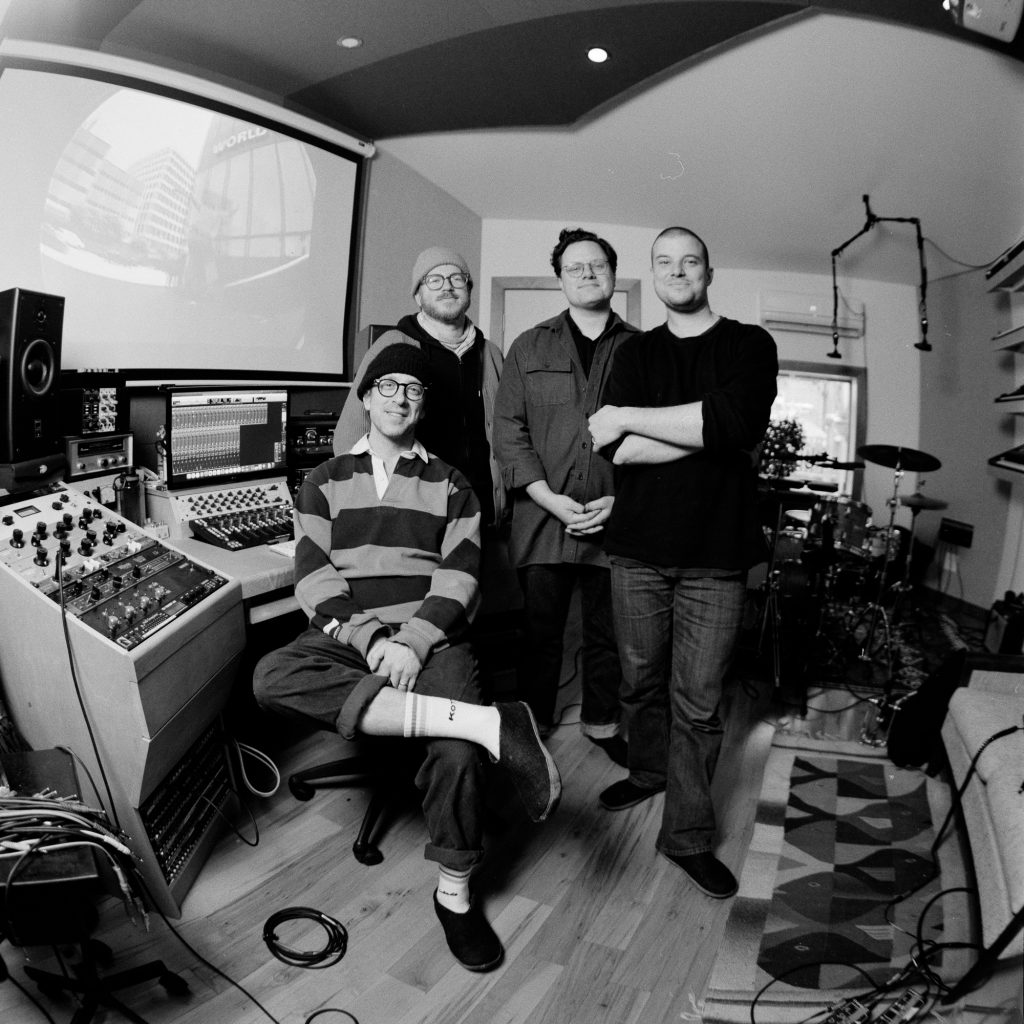
Are there any “illegal” things in jazz that you have to avoid, similar to how some tricks in skating are illegal?
You know what’s funny about jazz? So much of the time jazz musicians are regurgitating shit completely and just doing some weird pastiche of something that already exists and has been done before, oftentimes forty years ago, and then just doing some weird recycled version of it. In my mind, that is the illegal trick. If you’re just ripping off Miles Davis and other low-hanging fruit trying to be cool, that’s the illegal move.
The people that I find interesting are the people turning the genre on its head a little bit and seeing how they can fuck with it, add to it, or take away from it. Considering what sounds they can add that are atypical enough that it reframes the thing entirely.
“If you’re just ripping off Miles Davis and other low-hanging fruit trying to be cool, that’s the illegal move.”
How do you stand out stylistically as a musician?
For a long time I was chasing the dragon, where something would come out and I would be like, “That’s fucking cool. I need to do that thing,” but with that, you’re always one step behind. Standing out is about being conscious and making music that doesn’t sound like something you’ve heard before. I like my music to have enough familiar touchstones to exist within a genre but also have enough things that have been tweaked so it feels like a comment on that genre versus a caricature of that genre.
I’m never gonna be the craziest, most technical saxophone player, but I have a specific skill set, and I’m pretty good at experimenting with sound. I’m able to realize something conceptually that I’ve thought about and then say “Okay, this feels good, but what does it need to make it feel distinct or what can I take away to make it feel like it has more space.”
I want to name a few instruments that are featured on the re-score, and you tell me what trick it makes you think of.
[Laughs] Love it. OK
Bass guitar.
Big ass ollie.
Violin.
Three-flip.
I knew you were going to say that. Trumpet.
In the context of my record, because I kind of dub it out, it reminds me of a big long boardslide. Like, just someone sliding on a rail, but effortlessly.
Saxophone.
Carving around the street, but stylish. Kind of like bank skating where you’re surfing.
Keyboard.
On this album, I think of it as ledge skating. It can be aggressive, but at times it’s really angular and staccato.
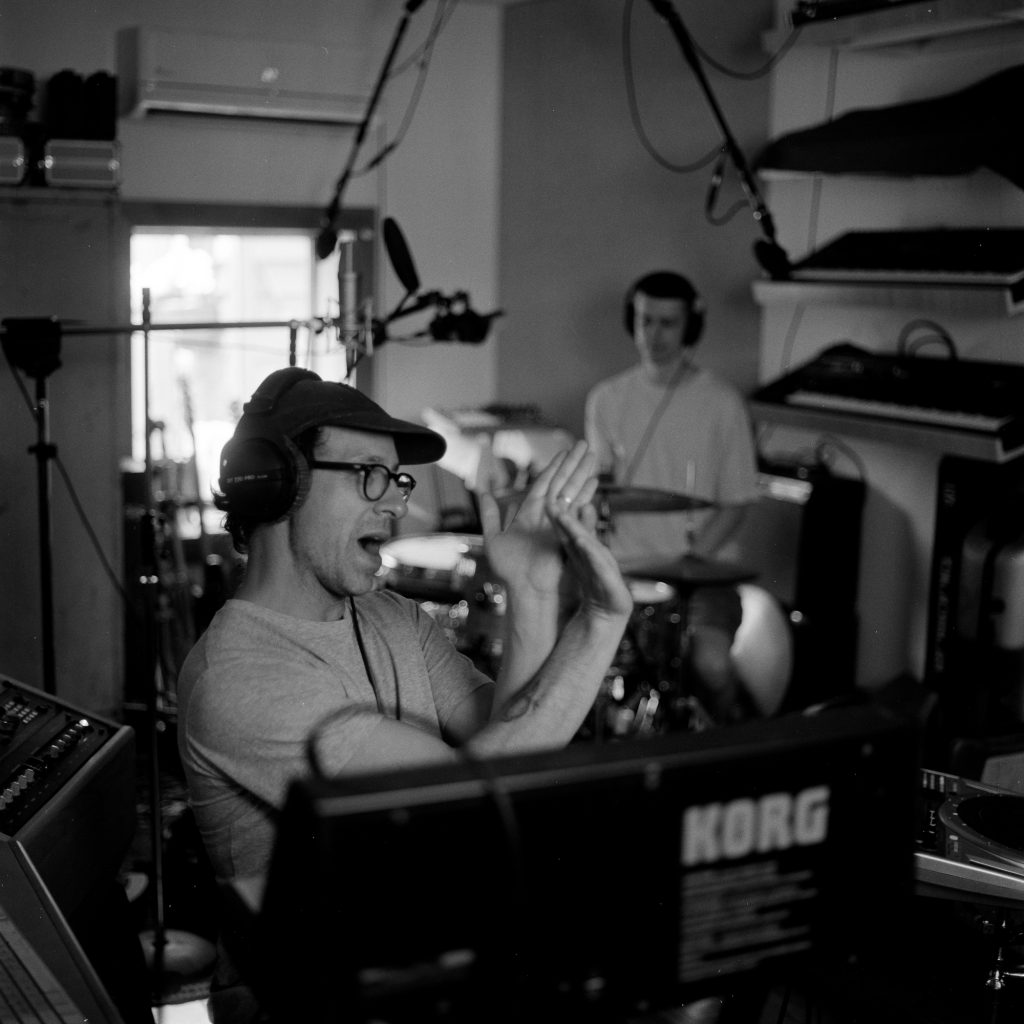
For someone like me who will check out Welcome to Hell with your soundtrack and have one of their first experiences with ambient jazz music, where should they look if they like it?
Specific to ambient, there are a few recordings: Hiroshi Yoshimura’s “Wetland” and Gigi Masin’s “Wind” are incredible. Midori Takada’s album “Through the Looking Glass” is amazing. Brian Eno is the godfather of ambient music. I think he was the first person to call it ambient music. There was a guy in the early 1900s Erik Satie, who was very famous, and he had a genre of music he called Furniture Music. His idea was it was supposed to be like furniture, it was supposed to blend into the background. That was the first ambient music, but Brian Eno is the most pivotal figure. Those are some of the ones that got me stoked on the genre.
“I think music is going to be one of the ways in which skate parts keep progressing.”
If people are into the weirder, harder jazz tracks on the record there are a couple of Miles Davis tracks that rocked my world when I was younger. There’s this song by Miles called “Rated X” and his entire album “Get Up With It.” It’s a mind-melter, and it informed a lot of my musical decisions in the years since I’ve heard it. It’s so aggressive and there are so many bold decisions. It’s really sick.
Is this the nerdiest shit you’ve ever done?
[laughs] No, dude, I grew up playing jazz. I’ve done way nerdier shit, but this is the most inside baseball shit that I’ve ever done. Part of why I did it is because I wanted to engage with a group of people who are outside of the realm of what I usually do, which is ambient music. I wanted to engage with a community that I think is vibrant, cool and creative. It’s outside of my regular musical community, and even though it’s super nerdy, people nerding out with me was kind of my endgame the entire time.
I think it would be cool if people did more original soundtracks to these types of videos. They’ve inspired so many people and the thought of keeping them untouchable is wrong. Re-engage with them, fuck with them. They inspired so many people and will never be reproduced, but if you keep writing new music for them there’s a chance to revisit with them in so many different ways. I think music is going to be one of the ways in which skate parts keep progressing.
Related Posts
Comments
Popular
-
 A CHAT WITH LUDVIG HAKANSSON, THE OLDEST SOUL IN SKATEBOARDING
A CHAT WITH LUDVIG HAKANSSON, THE OLDEST SOUL IN SKATEBOARDING
The man loves to read Nietzche, skates in some expensive vintage gear, and paints in his own neoclassical-meets-abstract-expressionist style.
-
 WHAT FILM CAMERAS ARE SOME OF SKATING’S BEST PHOTOGRAPHERS USING?
WHAT FILM CAMERAS ARE SOME OF SKATING’S BEST PHOTOGRAPHERS USING?
It’s easy to feel lost in finding your own go-to camera. We hope this helps.
-
 ETHAN LOY’S CANDID TAKE ON THE SKATE INDUSTRY, FAMILY AND HIS CAREER REBIRTH
ETHAN LOY’S CANDID TAKE ON THE SKATE INDUSTRY, FAMILY AND HIS CAREER REBIRTH
"Skating is bullshit compared to what I’ve been through."
-
 AN INTERVIEW WITH DUSTIN DOLLIN, THE LAST OF THE PISS DRUNX
AN INTERVIEW WITH DUSTIN DOLLIN, THE LAST OF THE PISS DRUNX
"It’s so weird being an alcoholic for 20 years and now my body feels fine."
-
 THE WAIT IS OVER: IPATH SHOES ARE BACK
THE WAIT IS OVER: IPATH SHOES ARE BACK
Cats, Grasshoppers and Fred Gall. What's going on with this IPATH reboot?



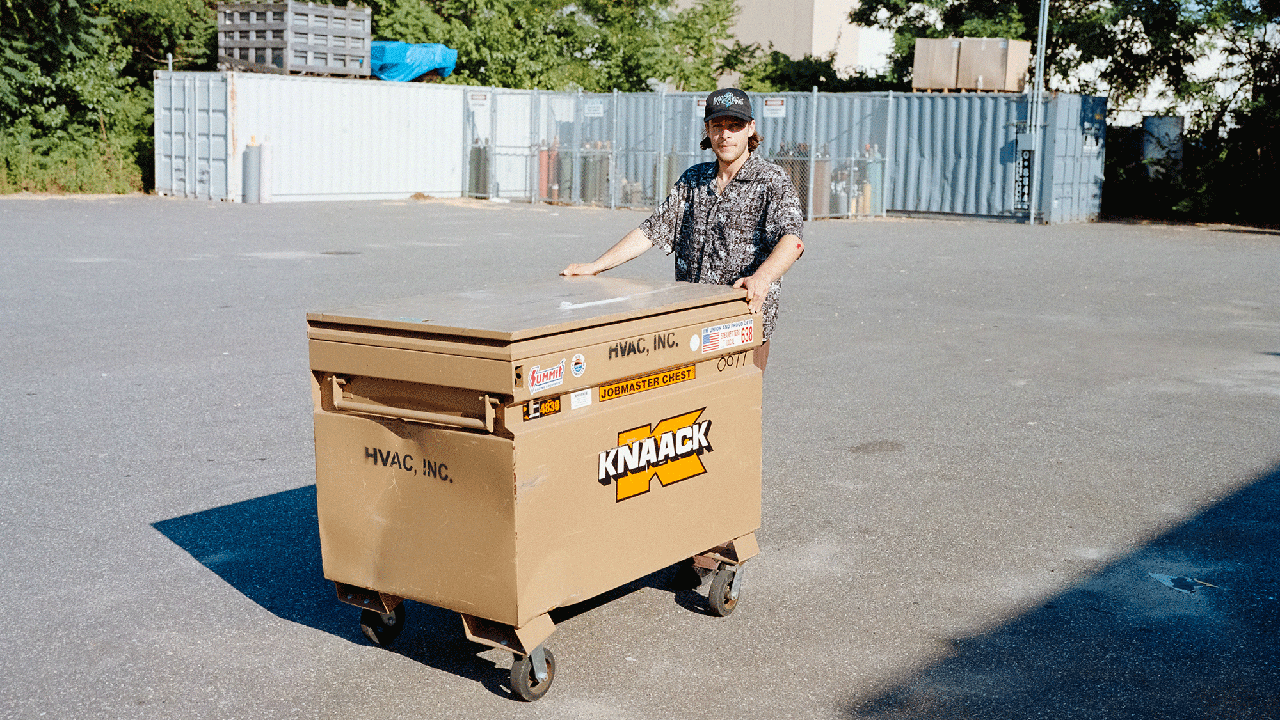
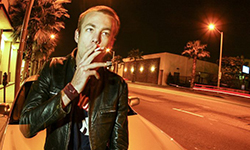
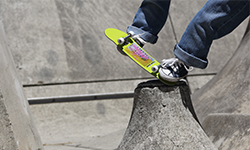
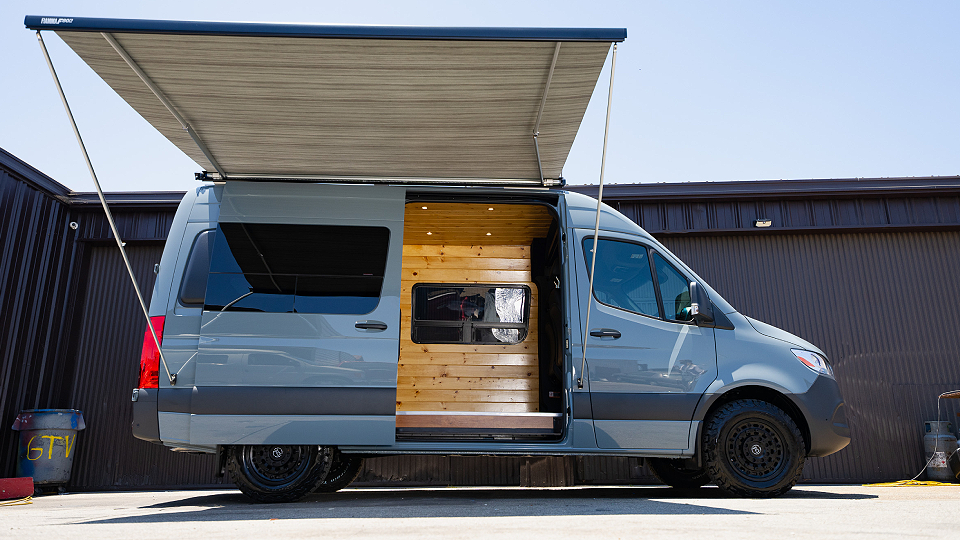
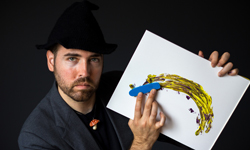
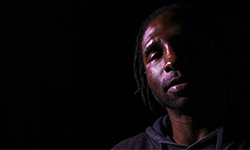
November 10, 2023 11:13 am
muy impressive
November 12, 2023 5:24 pm
This is really cool – you’re on another level scoring progressive music to a classic skate vid!
November 21, 2023 12:15 pm
No good is a shit.